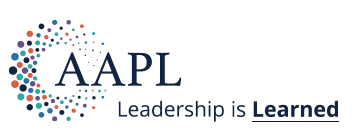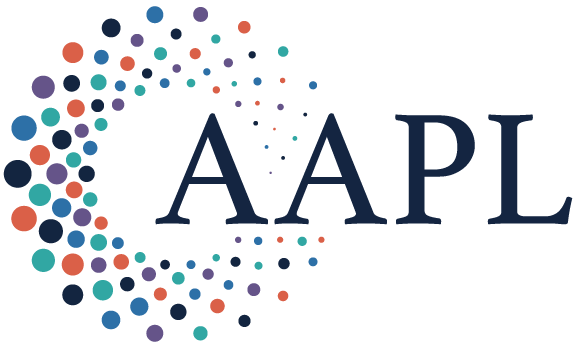Summary:
For years, it has been argued that simply increasing the representation of women in the workforce would be enough to eliminate the wage gap, but it isn’t enough. New research shows that adding women to a group does help—but only to a certain point.
The gender wage gap has been in existence at least since the U.S. Civil War era, when an 1869 letter to The New York Times exposed unfair treatment of women working in government and argued that “equal work should command equal pay without regard to the sex of the laborer.” Fast forward 156 years and women still only earn 83 cents for every dollar that men make, a number that has barely budged over the past two decades and is consistent across OECD countries.
While there are numerous proposed explanations for this persistent gender wage gap—including women choosing to work in lower-paying jobs or working fewer hours than men, leaving the workforce for caregiving responsibilities, or facing gender bias and discrimination—some have argued that simply increasing the representation of women in the workforce is enough to naturally eliminate the gap.
We know that this “add women and stir” approach is important and can yield some improvements, but it isn’t enough on its own to solve the persistent wage gap problem. However, we wondered whether there is a specific point where the proportion of women in a given occupation meaningfully affects how much they’re paid compared to men.
Our research, published in Equality, Diversity, and Inclusion: An International Journal, found that having more women in a job category does, in some capacity, help close the wage gap. But there’s a tipping point: Once women make up a certain proportion of an occupation, the wage gap narrows more slowly. This shift suggests the relationship is more complex than it might appear; it is not as simple as “the more women, the smaller the gap.”
The Research
Our analysis focused on the Canadian labor market, which compared to the U.S. offers a more representative view of OECD countries based on the World Economic Forum’s (WEF) Global Gender Gap Index. The data is also widely inclusive of 40 diverse job categories like professional occupations, senior and middle management, office support, and care providers across different industries, making it particularly useful for examining the wage gap. The 40 job categories cover nearly all of Canadian employment. We analyzed 22 years of annual data from 1997 to 2018 for each of the job categories. For each job category, the gender wage gap is defined as female full-time workers’ median earnings divided by male full-time workers’ median earnings.
Our results showed that the gender wage gap closed more quickly when there were fewer than 14% women in the category—in other words, when women were more underrepresented. But once women made up a certain proportion of the occupation—the “tipping point”—progress continued but at a much slower pace. For example, before the tipping point, adding just 1 percentage point more women to a job category, say from 8% to 9%, shrinks the wage gap noticeably. But after that point, progress slows such that it takes adding about 3.6 percentage points more women, say from 20% to 23.6%, to achieve the same improvement.
Why Is There a Tipping Point?
The 14% data point we identified echoes findings from Harvard Business School professor Rosabeth Moss Kanter’s landmark work on tokenism. Kanter’s research examined group dynamics when one group heavily outnumbers another, defining a “skewed” group as one where there’s 85:15 majority-to-minority ratio. Up to the point of 15%, underrepresented individuals are known to face polarization from the majority or be pressured to conform to stereotypes. Ultimately, these people are often seen as symbols or “tokens” rather than individuals, and may feel isolated based on how they are treated.
However, their sparse presence and anomaly status also heightens their visibility. And when there are social or legal pressures to improve equity or to achieve diversity goals—in our case, to improve gender equity specifically—the incentives to protect the organization’s reputation and image may motivate companies to increase the proportion of women and/or improve pay equity. In short, a more deliberate effort is made to close the gap and early gains are made.
However, once these initial gains are achieved and the pressure lessens, organizations may assume the problem is resolved and scale back their efforts too soon. As women become better represented, it can create a perception that gender barriers are breaking down and that equity is improving. Akin to reaching a “false summit,” where a hiker mistakenly believes they have reached the top of a mountain when there is still more to climb, organizations might make the hasty determination that pay equity has been sufficiently achieved and cease making changes.
Making Headway
Despite a slowdown in the closure of the gender wage gap after the tipping point, there is some good news. Our analysis found that by 2002, there were meaningful improvements in the wage gap across almost all occupations compared to 1997. This improvement continued throughout the rest of the years studied, and by 2018 the wage gap was smaller for 36 of 40 occupations. As noted by Harvard economist and recent Nobel laureate Claudia Goldin, “equalizing earnings within each occupation matters far more than equalizing the proportions by each occupation.” If pay equity within occupations is achieved, the overall wage gap shrinks, even if more societally embedded practices like occupational segregation remain.
That said, we also found that those occupations with a rising share of female workers exhibited more improvement in the closure of the gender wage gap. Across the years of the study, for 31 of 40 occupations with improving female representation, the wage gap closed by an average of 10.6 percentage points from 1997 to 2018, almost twice the 5.6 percentage point average improvement for the nine occupations with declining female representation.
Ultimately, closing the wage gap is about ensuring equal pay for equal work in concert with representation, and organizations not lessening efforts before real progress is made.
. . .
The false summit illusion we’ve identified doesn’t mean pay equity is out of reach; it just means the journey takes longer than it first appears and organizations may be easing their efforts toward pay equity too soon. After the tipping point, our research also showed continued improvements in the wage gap closure, just at a slower pace, indicating that closing the gender wage gap requires both increasing representation and ensuring equal pay for equal work. Organizations must stay committed, push beyond early progress, and avoid complacency to achieve the sustained goal of pay equity.
Copyright 2025 Harvard Business School Publishing Corporation. Distributed by The New York Times Syndicate.
Topics
Economics
Action Orientation
Environmental Influences
Related
How to Use Gamification to Engage Your TeamFinancial and Economic IssuesThe Collaboration Imperative: Why Healthcare Executives Must Unite Against an Existential ThreatRecommended Reading
Strategy and Innovation
How to Use Gamification to Engage Your Team
Strategy and Innovation
Financial and Economic Issues
Finance
The Collaboration Imperative: Why Healthcare Executives Must Unite Against an Existential Threat
Problem Solving
New Research on How Women in Leadership Navigated Menopause
Problem Solving
A Smarter Way to Disagree


